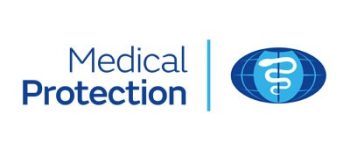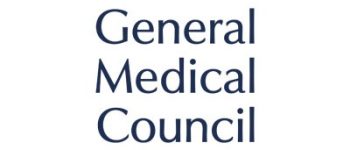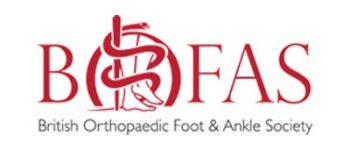Platelet-Rich Plasma
Platelet-rich plasma (PRP) is a newer modality of treatment for the management of many orthopaedic conditions including sport injuries.
Treatments
Platelet-Rich Plasma
RBC (red blood cells), WBC (white blood cells), plasma, and platelets are the major components of blood. Platelets are small discoid blood cells with granules containing clotting and growth factors which are released during the healing process. On activation, the platelets accelerate the inflammatory cascade as well as healing by the release of the granules containing growth factors. Platelets have an average lifespan of 7–10 days.
A normal blood specimen contains only 6% platelets whereas platelet rich plasma (PRP) contains a much higher concentration of platelets. A PRP injection is generally recommended in the treatment of tendon or muscle injuries with a success rate of about 70% to 80%. Four to six weeks may be required for complete healing.
The Procedure
Your doctor (a foot specialist) will first draw 10 ml of blood from the large vein in your elbow. The blood will be centrifuged or spun to separate the platelets from other blood components. The entire process takes about 10 minutes. The platelet-rich portion of the blood is then extracted.
The injured part of the body is anaesthetised with a local anaesthetic and PRP is injected into the affected area under ultrasound guidance.
After The Procedure
Following the procedure, you can resume your daily routine activities but avoid strenuous activities such as heavy exercise or lifting.
You may experience some pain during the injection which may last for a couple of days. Cold compresses and pain medication may be prescribed for pain relief. Anti-inflammatory medications are to be avoided for up to 48 hours after the injection, as they can affect the platelet function.
Risks and complications are rare but can include infection, nerve or blood vessel injury, scar tissue formation, and calcification at the injection site following a PRP injection.
Call your doctor immediately in case of persistent pain or the development of any adverse reaction after the injection.
Special Precautions
Special precautions are required in individuals with low platelet count, bleeding disorders, those on blood thinning medications or anti-inflammatory medications, individuals allergic to local anaesthetic agents, those with active infections and women who are pregnant or breast feeding.










